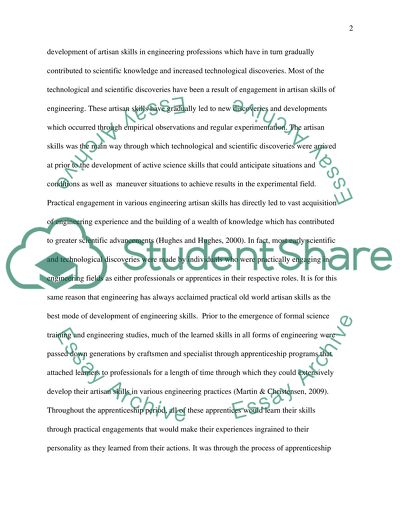Cite this document
(“Engineering Changes Through Technology Improvement Over The Past 50 Thesis”, n.d.)
Retrieved de https://studentshare.org/engineering-and-construction/1391475-engineering-changes-through-technology-improvement-over-the-past-50-years
Retrieved de https://studentshare.org/engineering-and-construction/1391475-engineering-changes-through-technology-improvement-over-the-past-50-years
(Engineering Changes Through Technology Improvement Over The Past 50 Thesis)
https://studentshare.org/engineering-and-construction/1391475-engineering-changes-through-technology-improvement-over-the-past-50-years.
https://studentshare.org/engineering-and-construction/1391475-engineering-changes-through-technology-improvement-over-the-past-50-years.
“Engineering Changes Through Technology Improvement Over The Past 50 Thesis”, n.d. https://studentshare.org/engineering-and-construction/1391475-engineering-changes-through-technology-improvement-over-the-past-50-years.


